Ellipse Drawing Guide
Updated: 27 Oct 2025
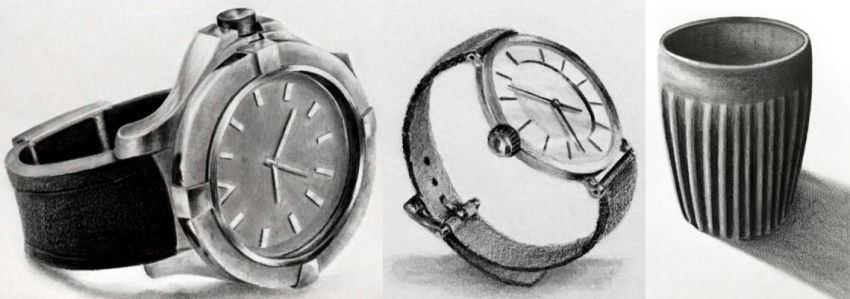
This is an advanced guide and an extension of my guide for drawing from imagination.
Foreshortening
In most cases, an ellipse is a foreshortened circle.
When a circle is in front of you, it looks like a perfect circle.
At an angle, the circle is along your line of sight (meaning, in the direction of your eyesight).
The more it is along your line of sight, the more it is foreshortened (distorted).
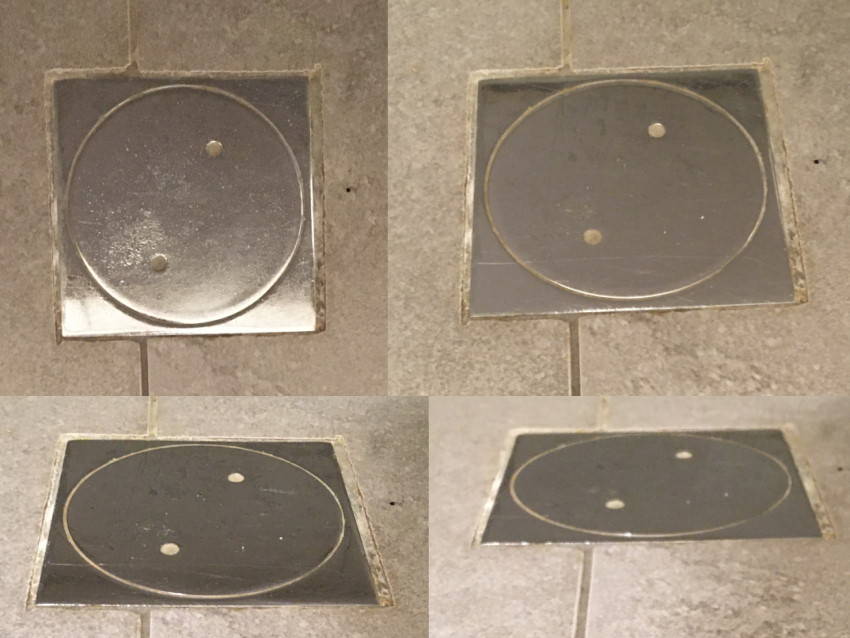
In the next example, you can clearly see the amount of foreshortening:
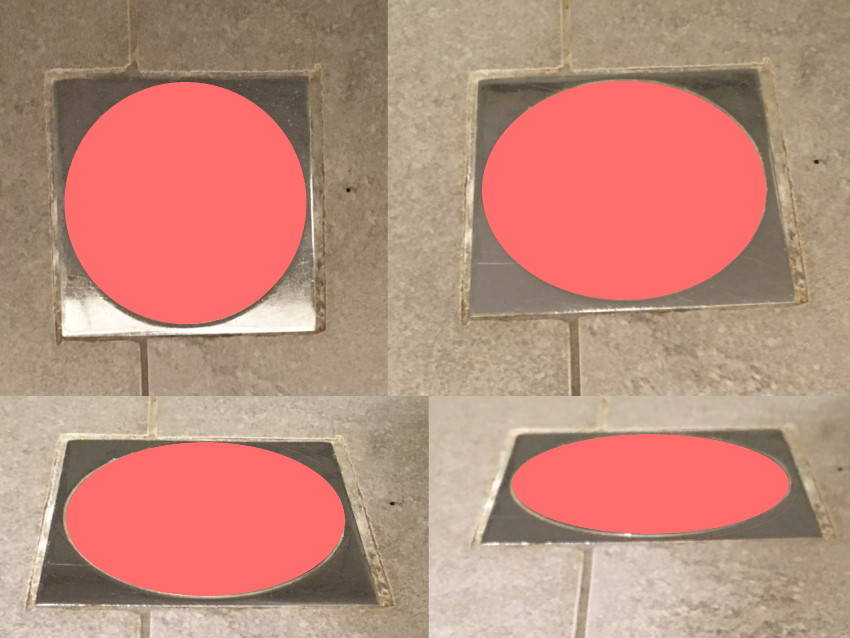
Amount of Foreshortening
An ellipse has a major (long) axis and a minor (short) axis.

The lower a circle is from the horizon line, the less it is foreshortened.
In other words, the minor axis of the ellipse (foreshortened circle) is shorter close to the horizon.
Therefore, the minor axis determines the amount of foreshortening. The shorter it is, the more an ellipse is foreshortened.
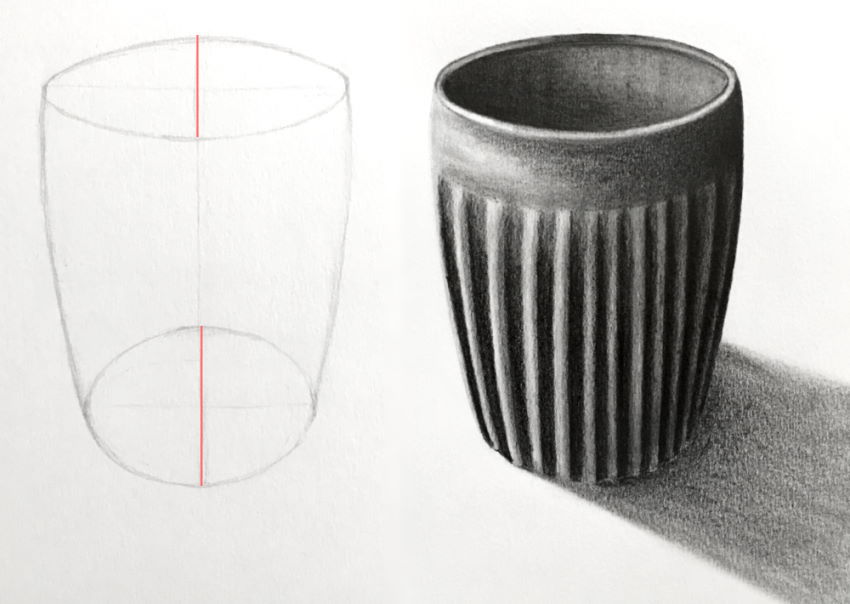
Good to know:
The same happens above the horizon.
The more an ellipse is higher from the horizon, the less it is foreshortened.
To sum it up:
The closer a circle is to the horizon, the more it is foreshortened (becomes an ellipse with a shorter minor axis).
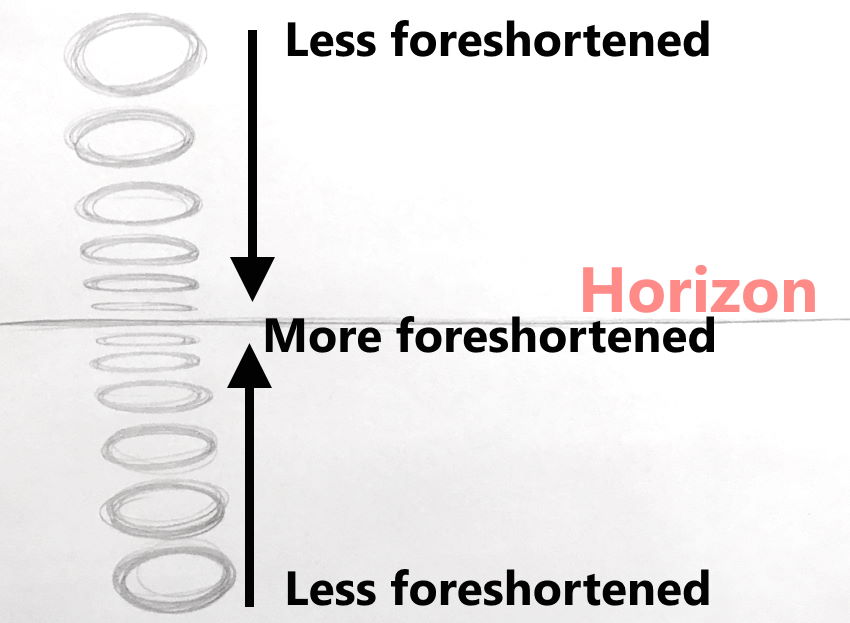
Direction of Foreshortening
In addition to the amount of foreshortening, the minor axis determines the direction of foreshortening.
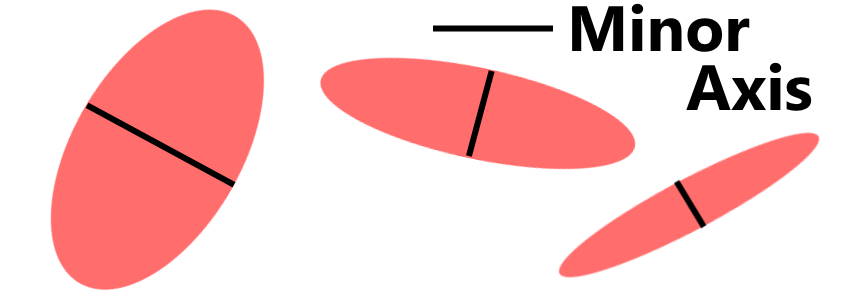
You can imagine that the ellipse you are drawing is part of a cylinder.
The direction of the cylinder is the direction of the minor axis (meaning the direction of foreshortening).
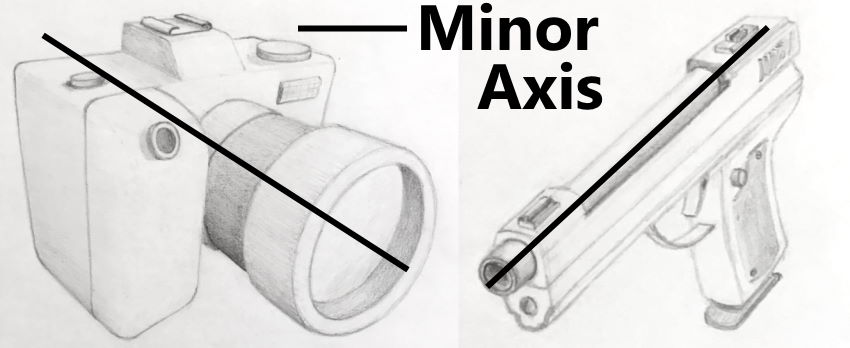
Sometimes the direction of foreshortening is challenging to determine.
Especially when a cylinder is almost in front of you yet not completely (meaning the amount of foreshortening is very small).
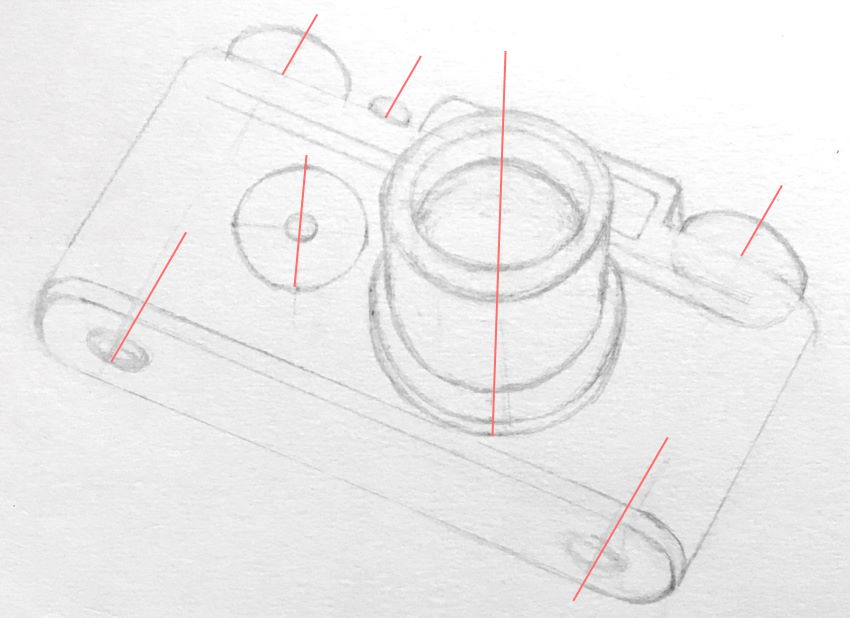
In any case, imagine the direction of a cylinder. Accurate structure is critical.
When you are happy with the form, render it.
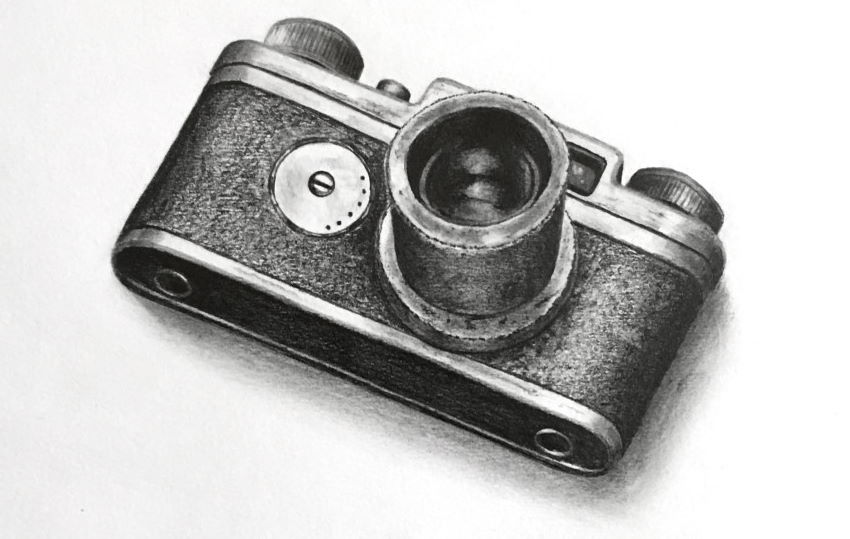
I drew most of the examples in this guide realistically. Here is my guide for drawing realism.
Tip:
When drawing a cylindrical object, draw a center line, which acts as the minor axis for every ellipse on this cylinder.
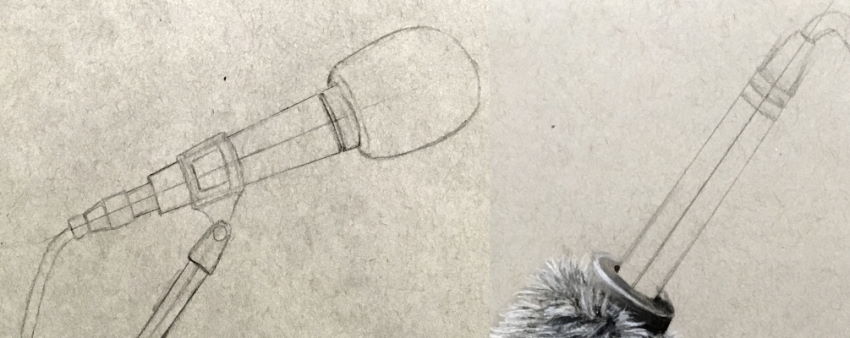
The next example is rendered with markers on a toned paper sheet.
Here you can find my recommended paper brands for drawing.
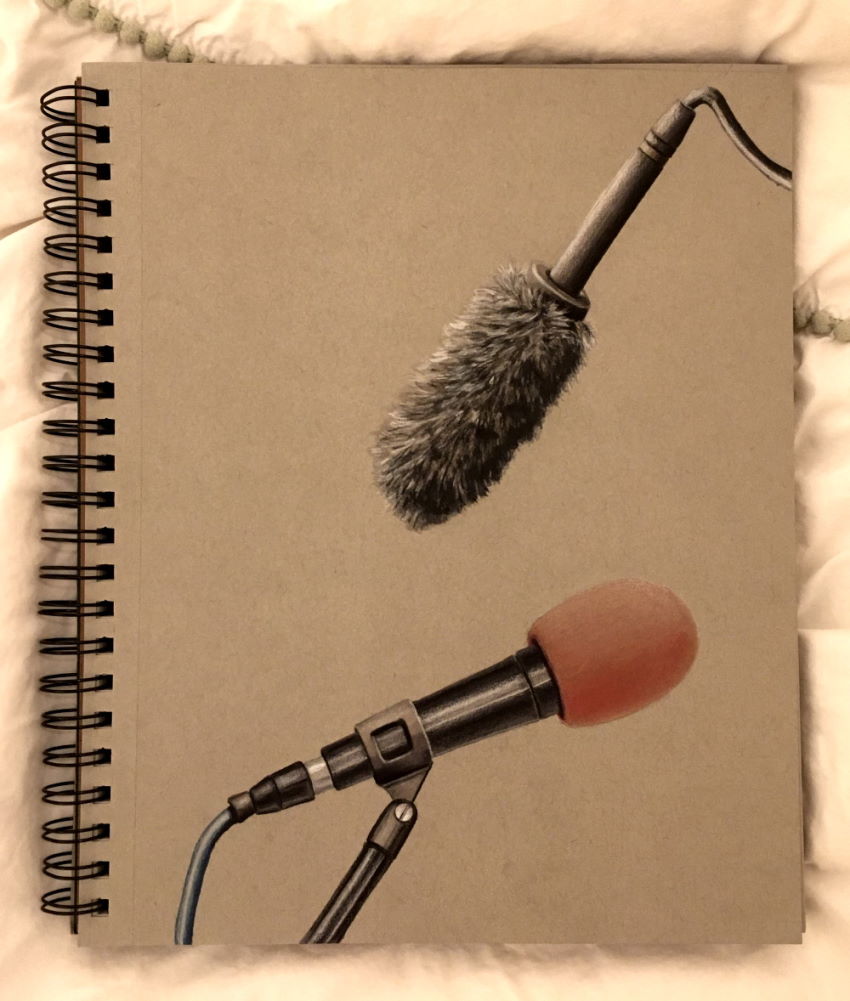
Center of Ellipse
The center of an ellipse is super important.
In a geometric ellipse, the center is the meeting point of the major and minor axes.
When drawing in perspective, you can move it a bit to the back (in the direction of foreshortening).
The first rule of perspective determines that the farther away an object (or a plane) is, the smaller it looks.
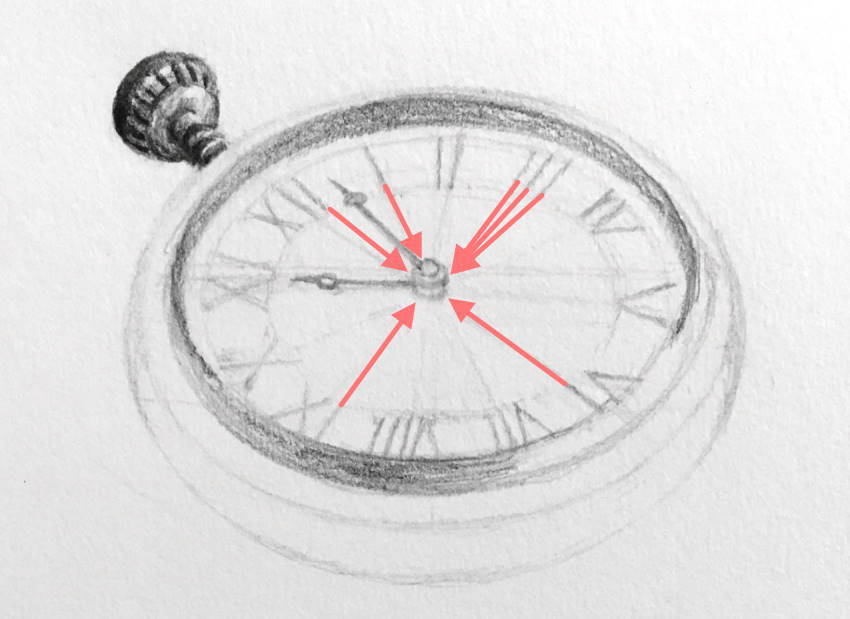
Tip:
Draw cast shadows below the watch hands to create the illusion that they are elevated.
Cast shadows usually have soft edges.
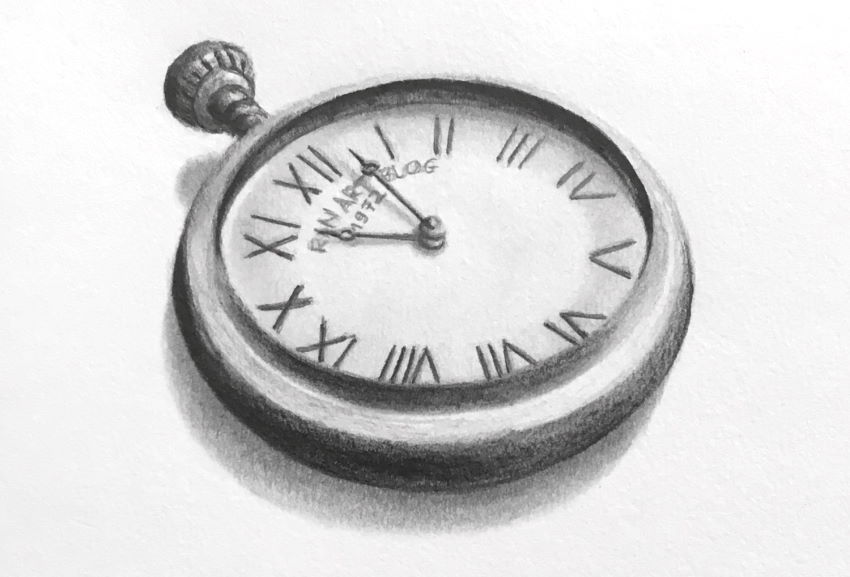
When drawing a wristwatch, the center of the watch strap is the point you use to draw the minor axis in any direction you want your watch to face.
Keep in mind, the watch strap is usually not that firm, so the point can move a bit.
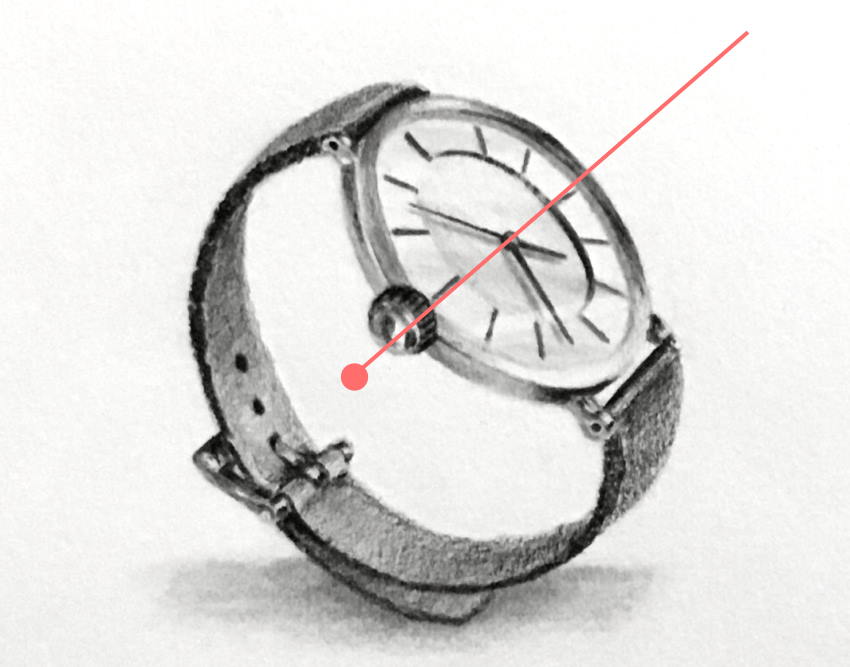
Below are some examples.
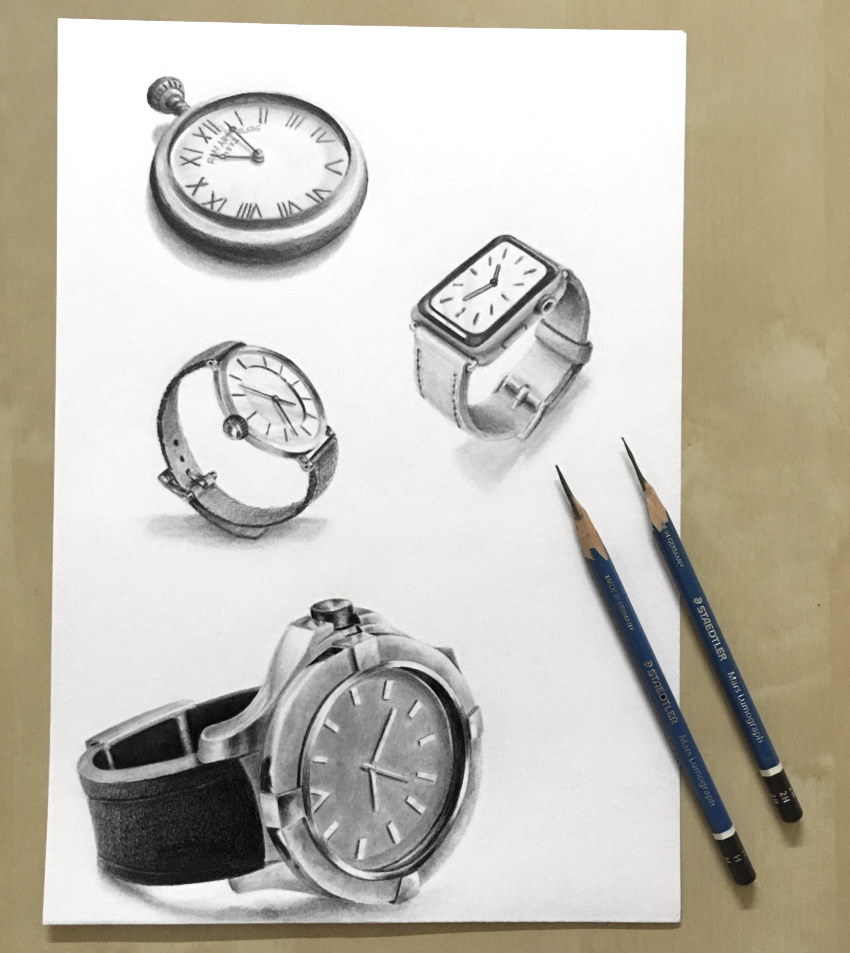
To see how to arrange objects, visit my composition drawing guide.
For a cylindrical object, first draw the ellipses with the right amount of foreshortening.
If part of the cylinder is built from individual structures, they all meet at the center of the ellipse.
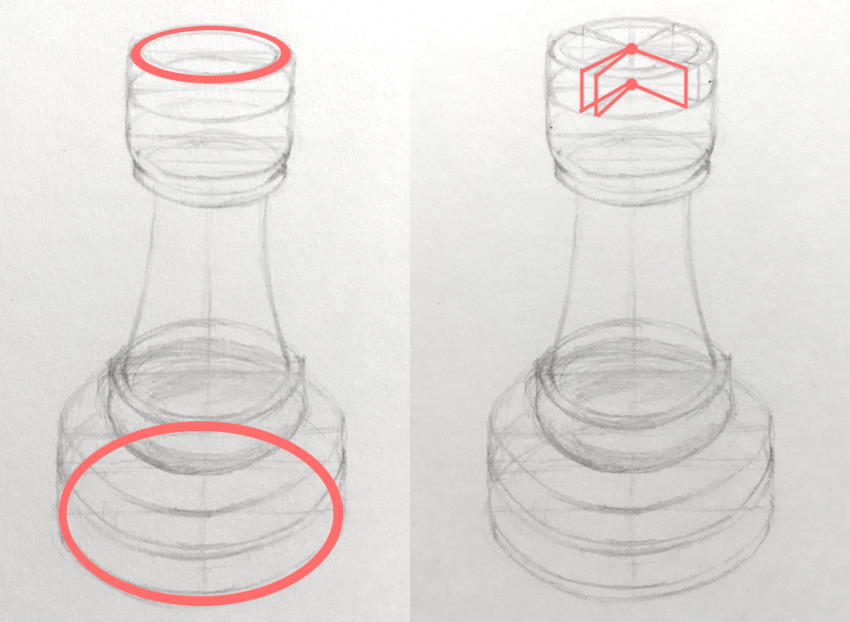
Once you are happy with the design, render your drawing.
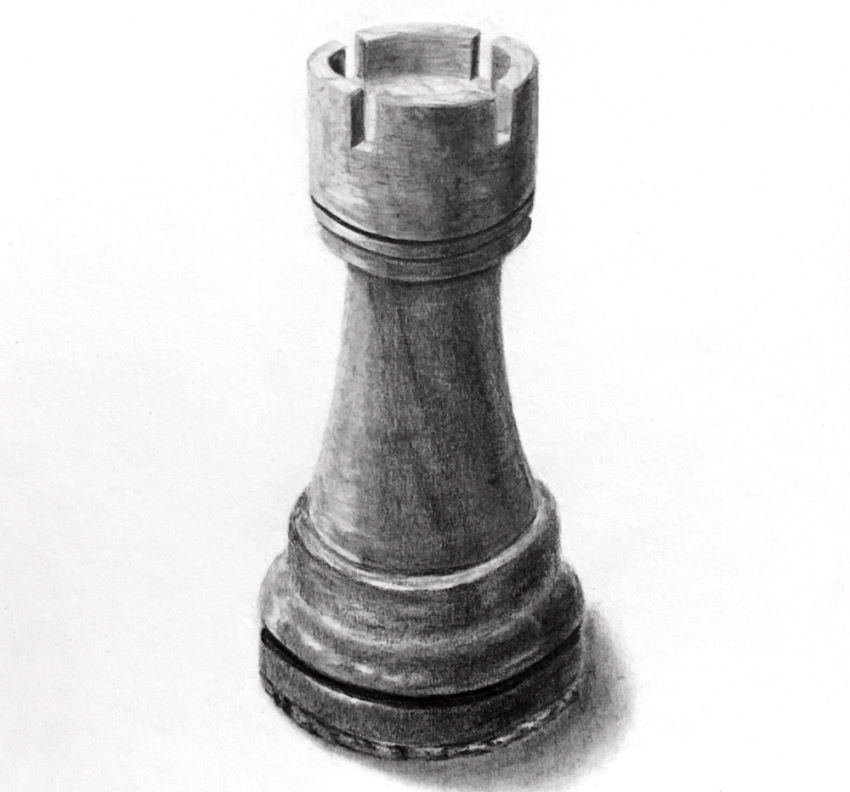
Propellers and Fans
When several objects are arranged in a circle, like the legs (or wheels) of an office chair, the easiest way to draw them is using an ellipse.
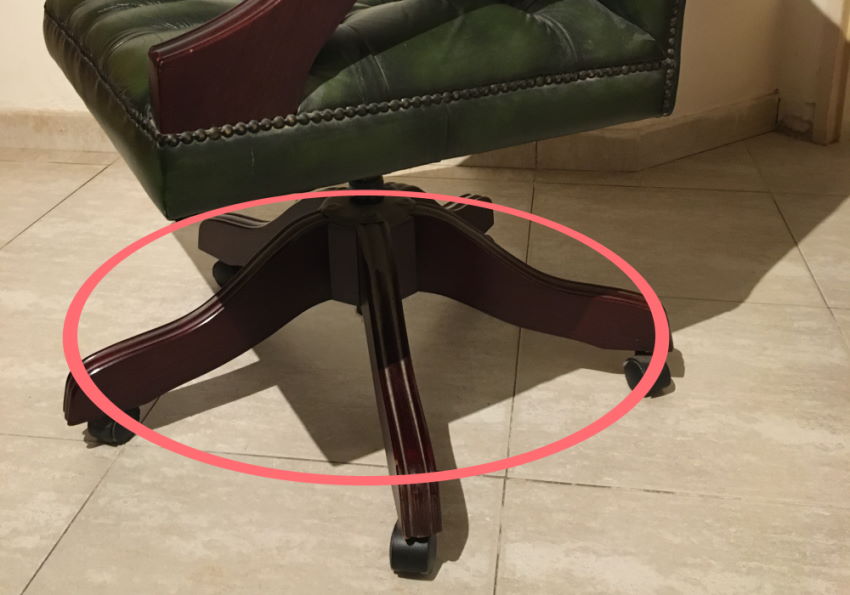
Fans and propellers are another example.
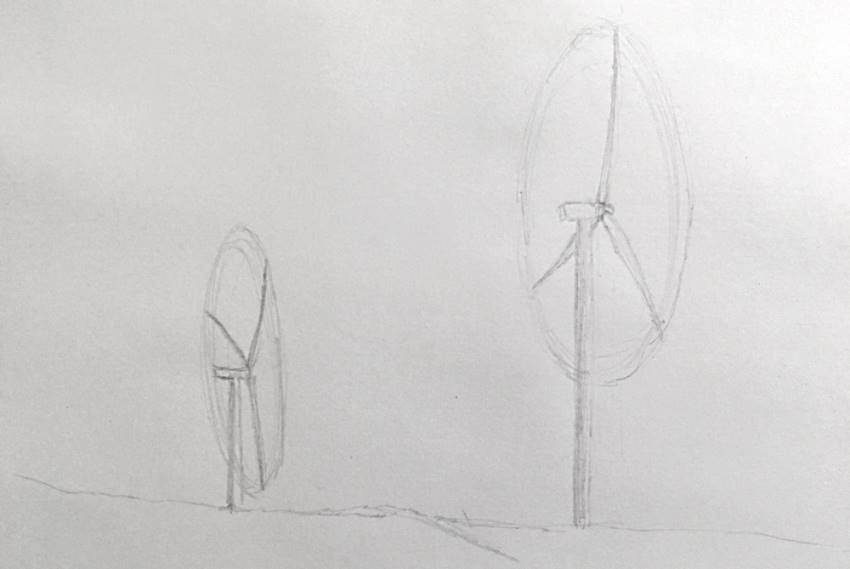
Once you draw an ellipse, you can decide where to place the blades, and the ellipse will determine the amount of foreshortening.
The blades meet at the center of the ellipse.
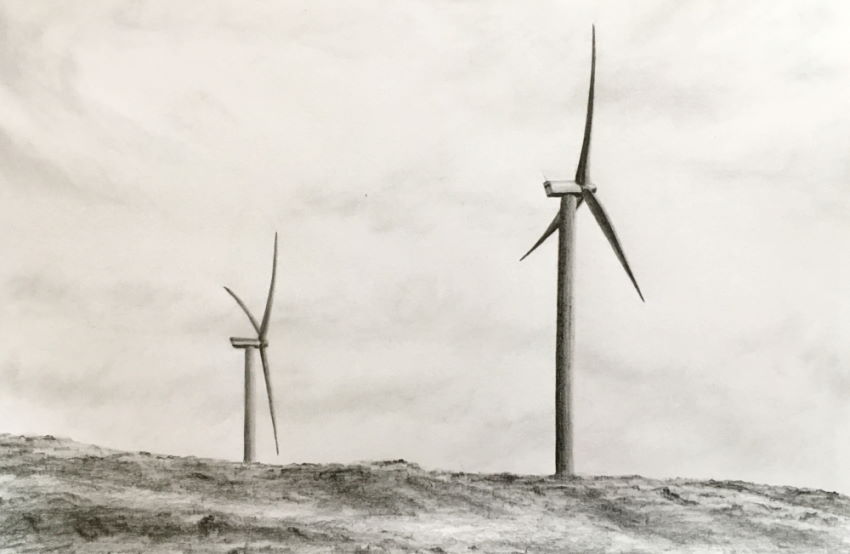
The key, when drawing an ellipse, is to determine the amount and direction of foreshortening.
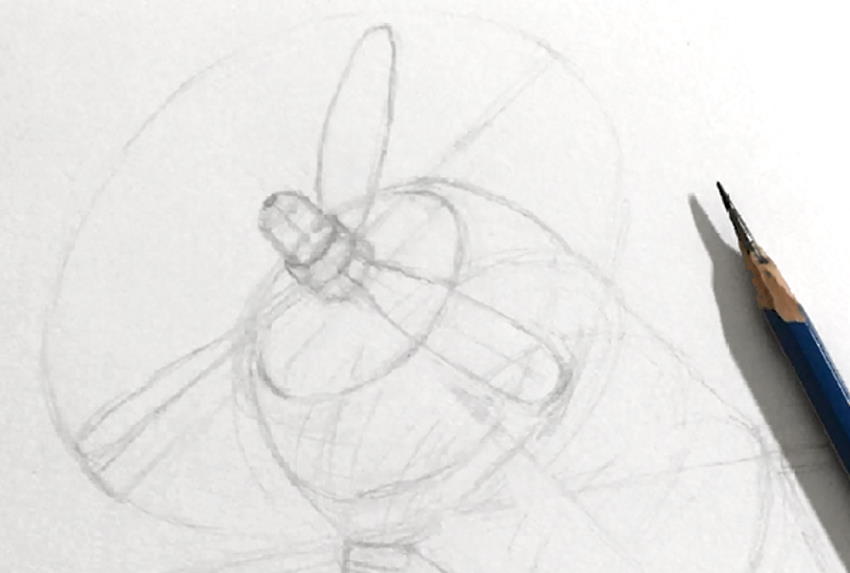
Lastly, you can render your drawing with texture.
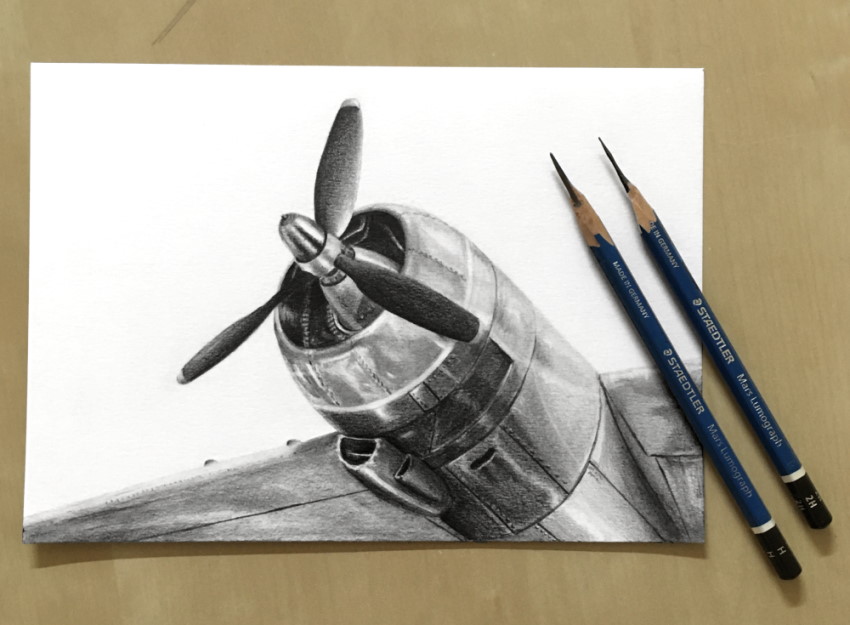
To learn how I draw textures, here is my texture drawing guide.
Horizon
Most examples in this guide are in three-point perspective.
It means that objects like a box or a cylinder are above the horizon (1). Meaning, looking up to see them, and therefore we can see their bottom part.
Another option is that they are below the horizon (2). Meaning, looking down to see them, and we can see their top part.
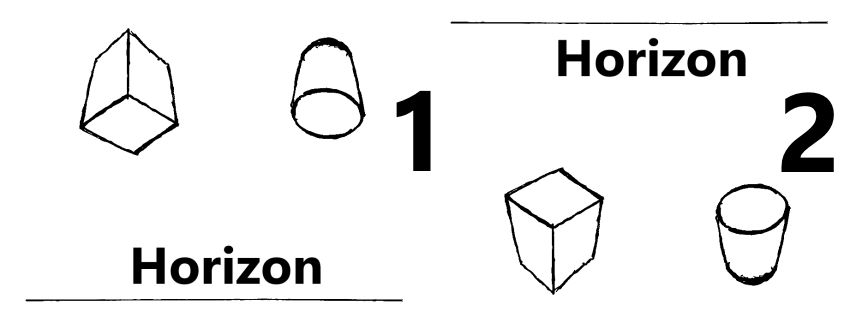
A very powerful composition is when objects are on the horizon.
In that case, we cannot see their top or bottom parts.

In this example, I drew the hut (cylinder) in two-point perspective (on the horizon). The jugs are below the horizon.
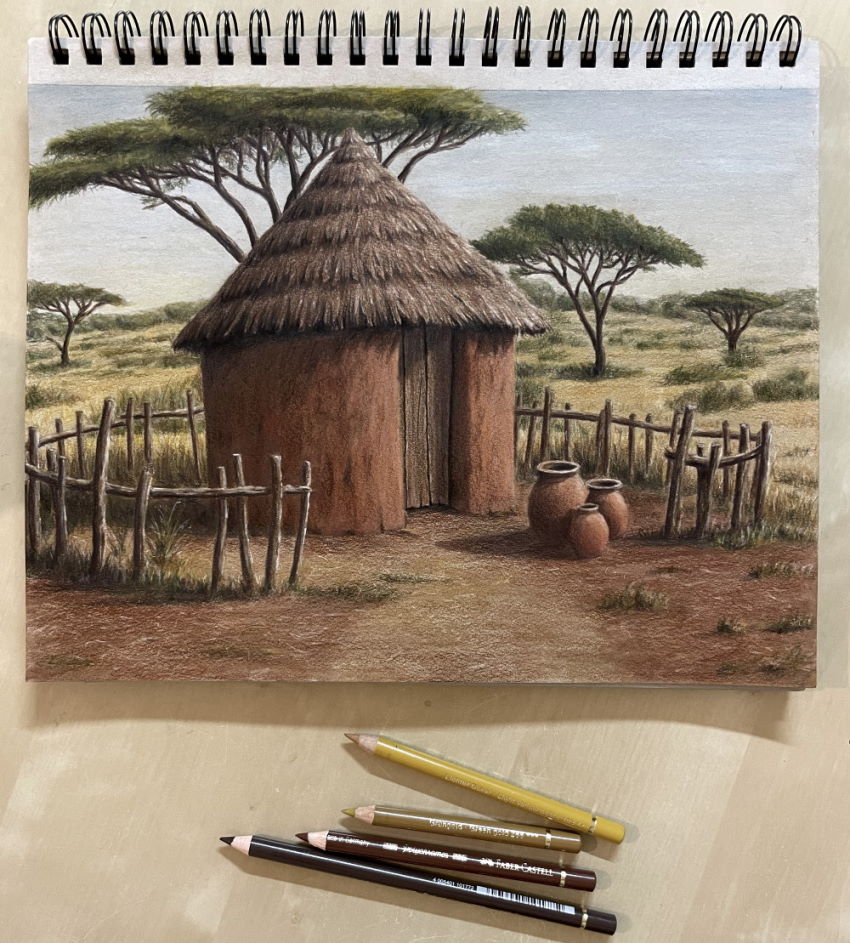
Summary
Squares (in perspective) and ellipses (foreshortened circles) are the most common shapes (they are the building blocks of boxes and cylinders) and cannot be avoided.
In the next drawing, the chopsticks start as a box and end as a cylinder.
The Parisian spoon is built of two half-spheres (their top parts are ellipses).
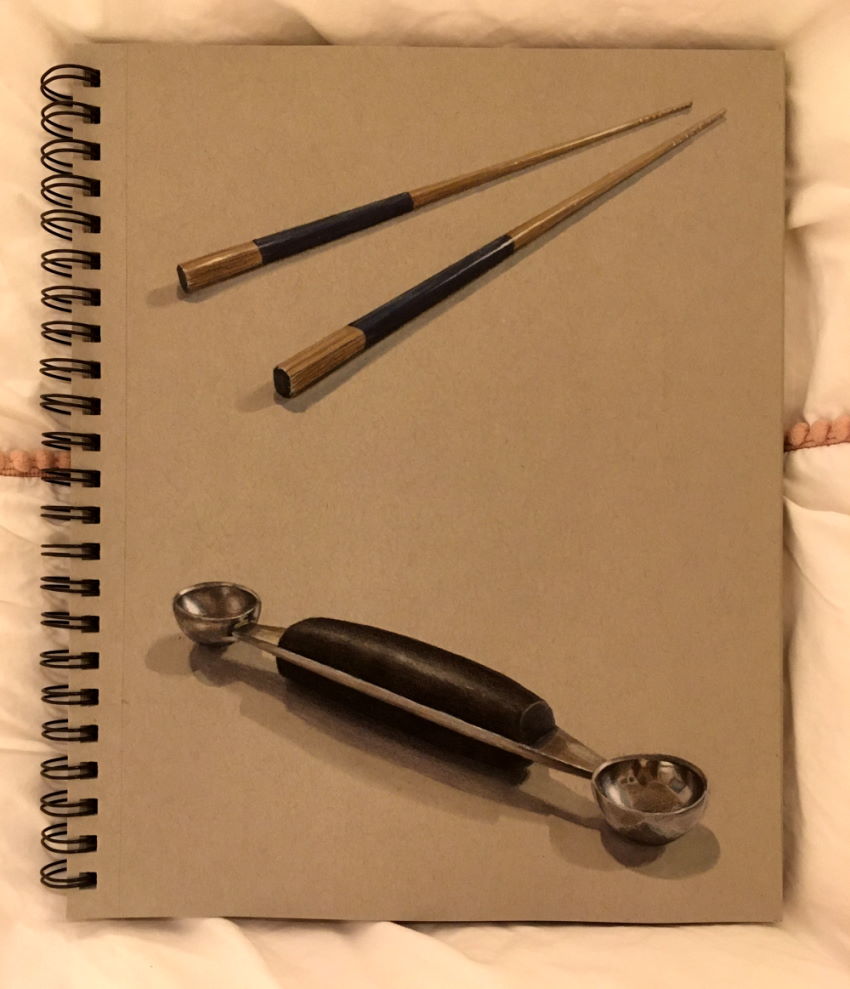
Another basic shape you might want to explore is a sphere. Here is my ball-drawing guide.
Although I draw and paint realism, in some cases, my observational drawing skills are not enough, and I have to pay attention to the direction and the amount of foreshortening.
In other words, understand the perspective of the object I am drawing.
If you are new to linear perspective, visit my guide for drawing in perspective.
For beginners, I recommend reading my guide for drawing with a sense of depth.